Products Description
How to Tell a Fake ID Is Real
In today’s world, many people, especially young people and college students, are looking for fake IDs for a variety of reasons. Whether it’s to get into age-restricted events or to bypass age verification at a bar, getting a fake ID has become a popular solution. However, as the fake ID market continues to grow, it’s crucial to know where to buy high-quality fake IDs and how to verify their quality. This article explores reputable sources of scannable fake IDs and provides tips for discerning the best quality IDs from low-grade knockoffs, focusing on South Carolina Scannable IDs, Tennessee Scannable IDs, Utah Scannable IDs, Virginia Scannable IDs, West Virginia Scannable IDs, and Wyoming Scannable IDs.
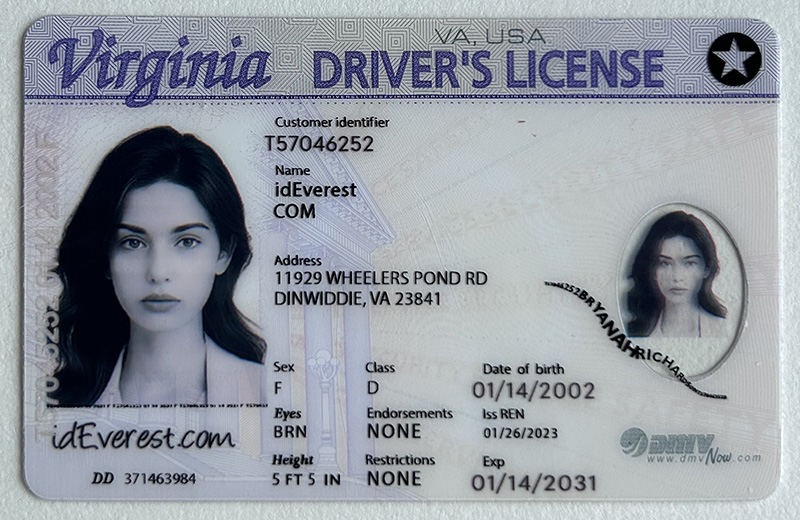
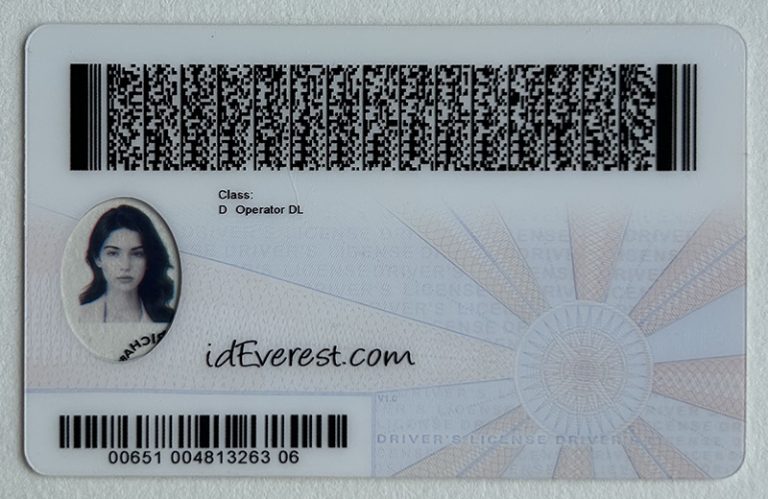

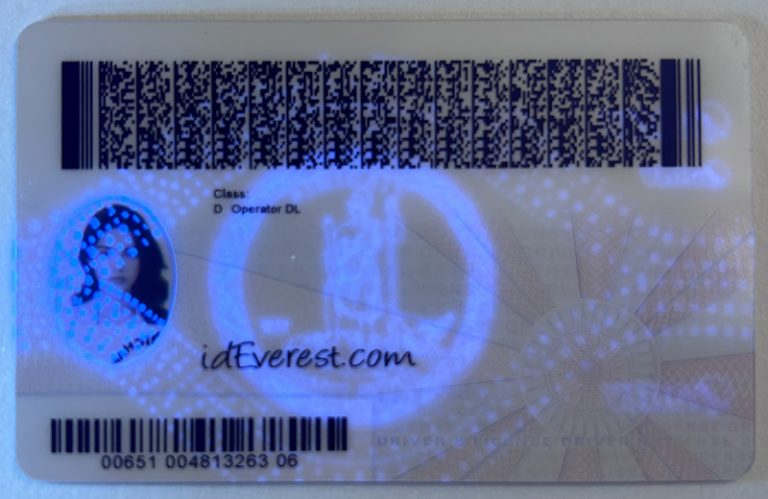
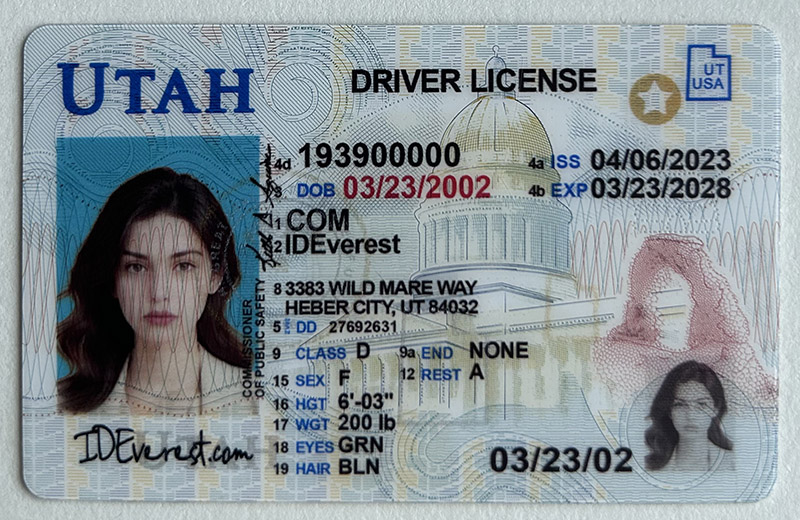
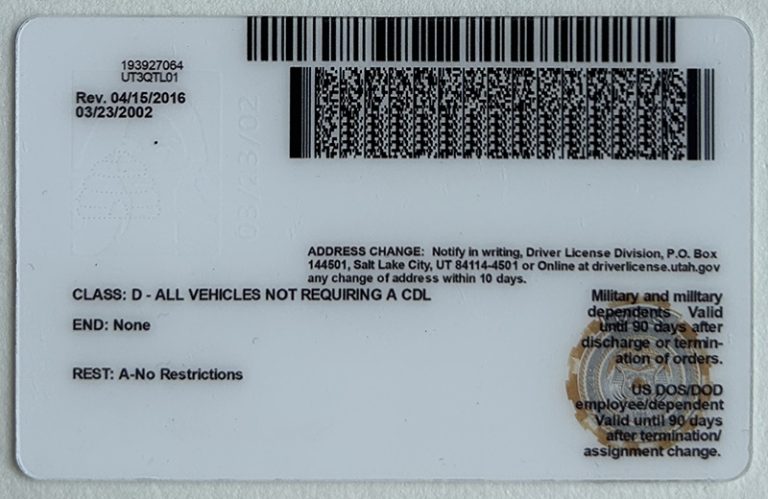

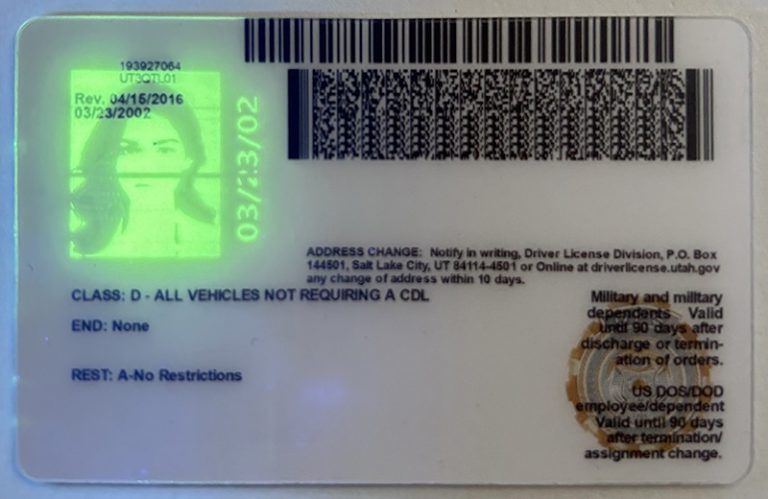
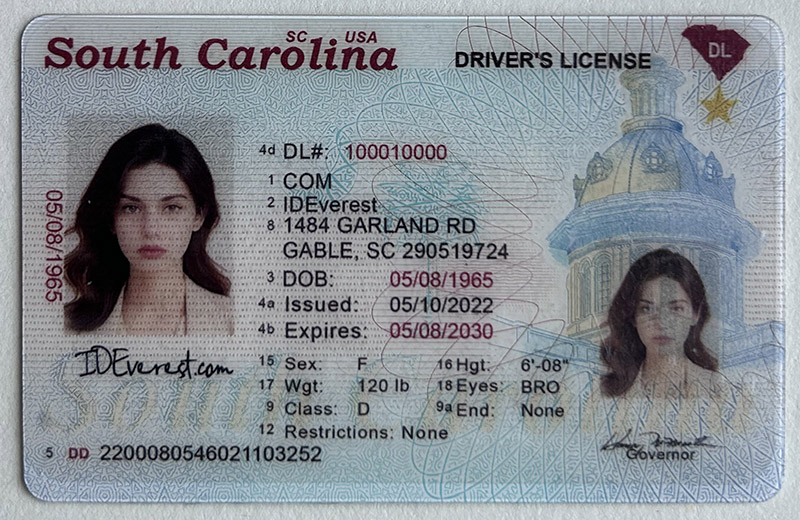
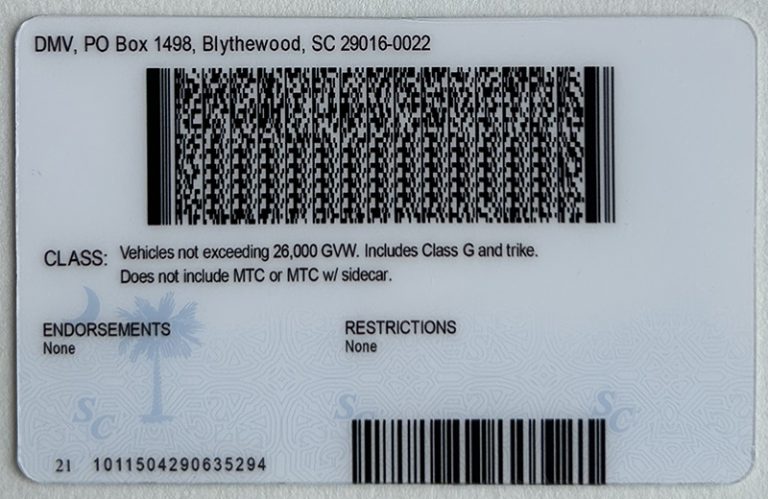
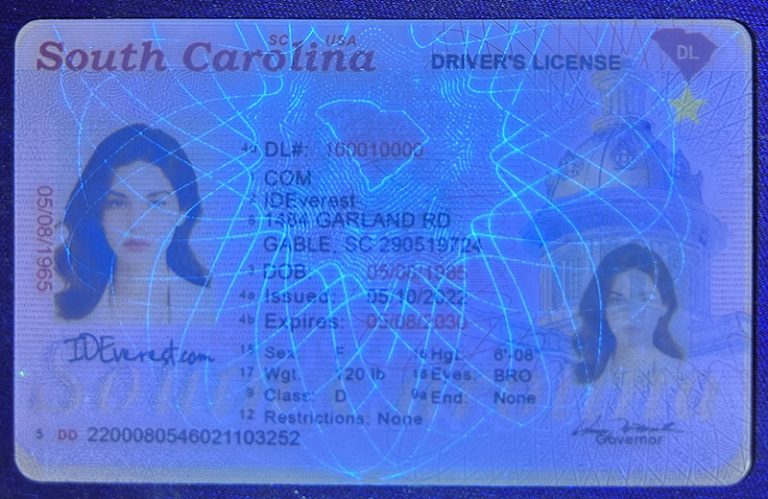
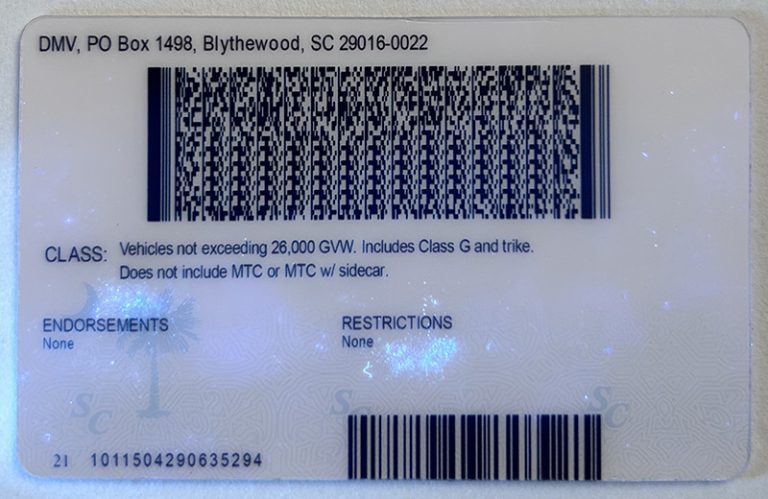
Where to Buy a Fake ID
Finding fake ID vendors can be tricky, as there are many websites and platforms claiming to offer high-quality products. The most popular places to buy fake IDs include:
Online Marketplaces and Dark Web Forums
Many ID vendors operate on the dark web and cryptocurrency-enabled platforms, promising anonymity. However, this approach can be risky, as there are both legitimate and unreliable vendors on the dark web. Some websites may even scam customers or offer low-quality products.
Specialized Websites
Websites that specialize in providing scannable fake ID cards have grown in popularity in recent years. These sites, such as IDGod and IDTop, offer state-specific ID cards with detailed holograms and security features. They often display customer testimonials, working examples, and offer scannable features. However, it is still crucial to verify quality before purchasing.
Social Media Channels
Some vendors now operate through Instagram, Snapchat, or Telegram, which makes it easier to place orders or even view video samples of the ID cards they offer. However, as with online marketplaces, the reliability of social media vendors varies, and buying from unverified accounts can be risky.
Word-of-mouth and peer recommendations
Some of the most trusted vendors are recommended by word of mouth. Ask friends or acquaintances who have quality ID cards to recommend reliable vendors for you. This approach can be safer than venturing into unknown online sources and can help avoid scams.
What is a quality scannable fake ID?
A scannable fake ID is defined by the level of detail in its design, the quality of the materials used, and most importantly, its ability to pass scanning systems that verify barcodes and magnetic stripes. Here are the elements that make a South Carolina scannable ID card, Tennessee scannable ID card, Utah scannable ID card, Virginia scannable ID card, West Virginia scannable ID card, or Wyoming scannable ID card valid.
1. High-quality hologram and UV elements
Holograms and ultraviolet (UV) images are security features used by real state ID cards to verify legitimacy. A quality fake ID card will accurately replicate these. When exposed to UV light, real ID cards display patterns that are not normally visible under normal lighting, and the best fake ID cards should do the same. For example, a Virginia scannable ID card should show the Virginia state seal under UV light.
2. Proper barcode and magnetic stripe encoding
The back of a scannable ID card should have a barcode or magnetic stripe that can be read by a scanner. If you are purchasing a Tennessee scannable ID card or a Utah scannable ID card, make sure the vendor guarantees that their ID card is properly encoded. Test the ID card by scanning it on an ID checker app or compatible reader to verify the accuracy of the barcode.
3. State-Specific Microprinting
Microprinting is small, barely perceptible text that is included as a security measure. Genuine ID cards include microprinting to prevent counterfeiting, and this text should be legible on a high-quality fake ID. For example, a West Virginia scannable ID card should have microprinting in specific areas. If your supplier does not mention microprinting, the ID card may not be up to a high standard.
4. Material Quality
Genuine ID cards are made of high-quality materials, including durable PVC that resists bending and cracking. Good fake ID suppliers will use similar materials. For example, a Wyoming scannable ID card should have a smooth, flexible surface without bubbles or irregularities, which are common signs of low-grade fake IDs.
5. Accurate State-Specific Font and Spacing
The fonts on state ID cards vary from state to state, and the spacing is specific to each state's guidelines. For a convincing South Carolina scannable ID card or Virginia scannable ID card, check that the font type, size, and spacing are correct. Slight errors in spacing or font type can make an ID card instantly recognizable as a fake.
Signs of a Poor-Quality Fake ID
Poor-quality fake IDs often do not meet the necessary design and durability standards. Here are some red flags to watch out for:
Color Inconsistencies and Smudges
o Fake IDs with faded colors, discolored state seals, or smudged text are generally of poor quality. Genuine IDs have clear printing. If you notice faded colors on your Tennessee Scannable ID or Utah Scannable ID, it may not pass close inspection.
Blurry or Incorrect Holograms
o Holograms should be clear and state-specific. If they appear blurry, misplaced, or generic, the ID may be easily detected as a fake. A quality West Virginia Scannable ID will accurately and clearly display the state-specific hologram.
Inaccurate or Non-Functioning Barcodes
o Fake IDs should at least scan correctly on identity verification apps. If the barcode does not scan or scans with incorrect information, it indicates that the encoding was not done correctly, which could lead to confiscation or legal issues if examined by law enforcement.
Fragile or Unusually Thick Materials
o Some low-quality IDs use thick or brittle plastic that can crack or break easily. A quality Wyoming scannable ID or South Carolina scannable ID should be made of durable materials that mimic the real IDs used in those states.
Lack of Customer Reviews or Samples
o Vendors that offer high-quality products will often display customer feedback or video samples. If a vendor is unwilling to show their work, it could be a sign of poor quality.
Steps to Verify Fake ID Quality
Once you purchase a scannable fake ID, follow these steps to ensure it is high quality:
Compare to a Real ID from the Same State
o Compare the details on your fake ID to a real ID from the same state, paying close attention to holograms, fonts, and microprinting. Even minor differences can raise suspicion.
Use an Authentication App
o Download an authentication app to check if your ID barcode scans correctly. Apps like BarZapp or Scannr can quickly identify if an ID barcode is encoded correctly.
Test Under UV Light
o Shine a UV flashlight through your ID to see if the UV image shows up properly. Most IDs from states like Virginia, Tennessee, and Utah have a unique UV element that is only visible under this light.
Ask a Bartender or Bouncer to Check
o Some people choose to ask a trusted bartender or bouncer to check their ID to see if it would pass inspection if it were real. This can give you peace of mind about the quality of the ID.
Conclusion
Buying a fake ID can be risky, but by choosing a reputable source and knowing how to verify quality, you can mitigate those risks. A good South Carolina scannable ID, Tennessee scannable ID, Utah scannable ID, Virginia scannable ID, West Virginia scannable ID, or Wyoming scannable ID will have the correct hologram, barcode, and state-specific details that will pass close inspection. By following the steps above, you can ensure your ID is up to a high standard and minimize the chances of being detected as a fake.








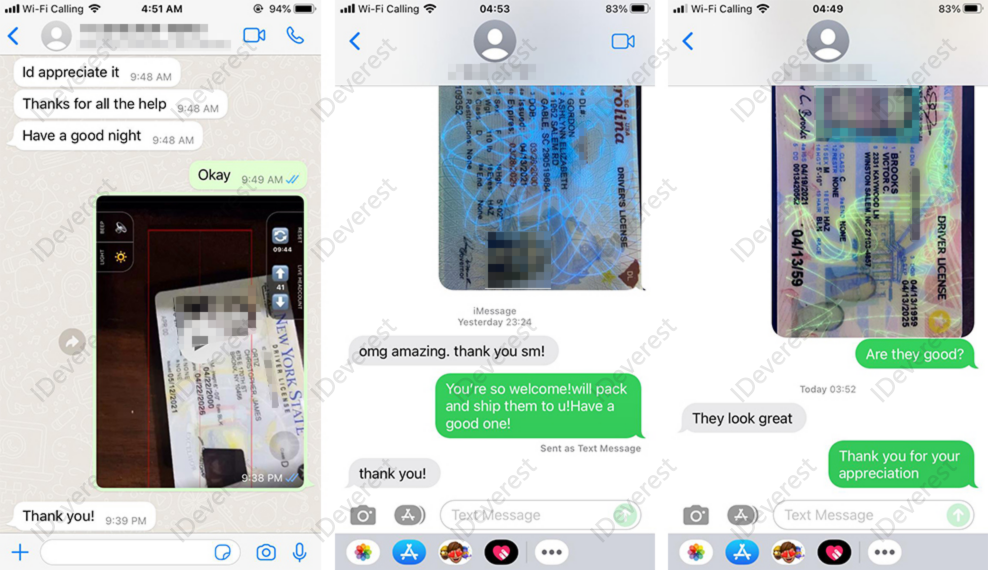
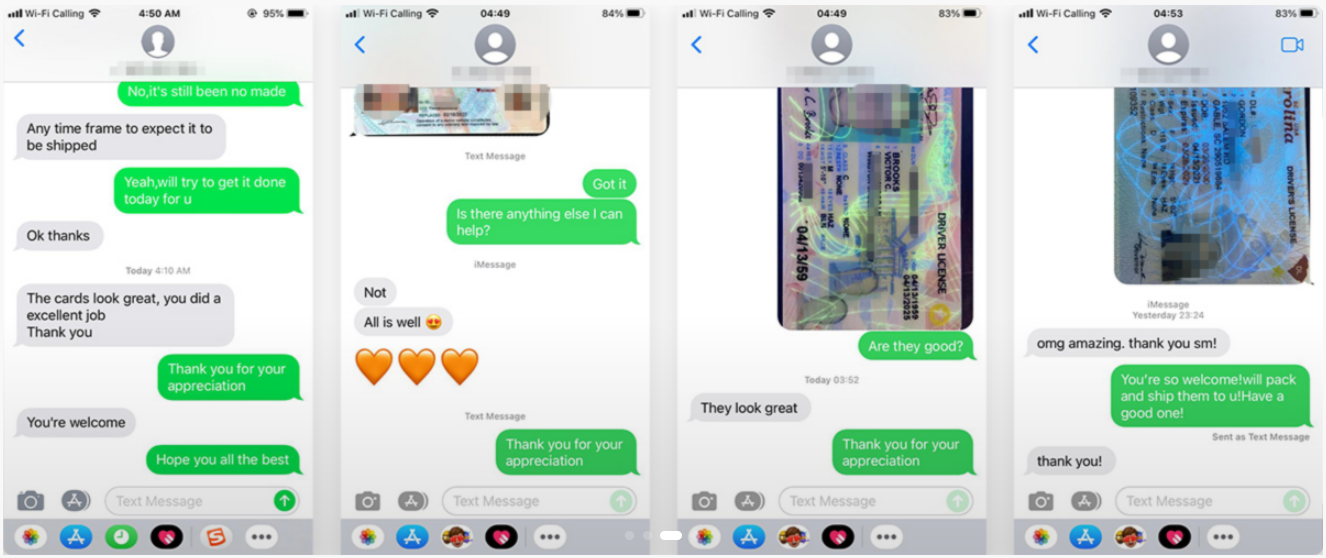
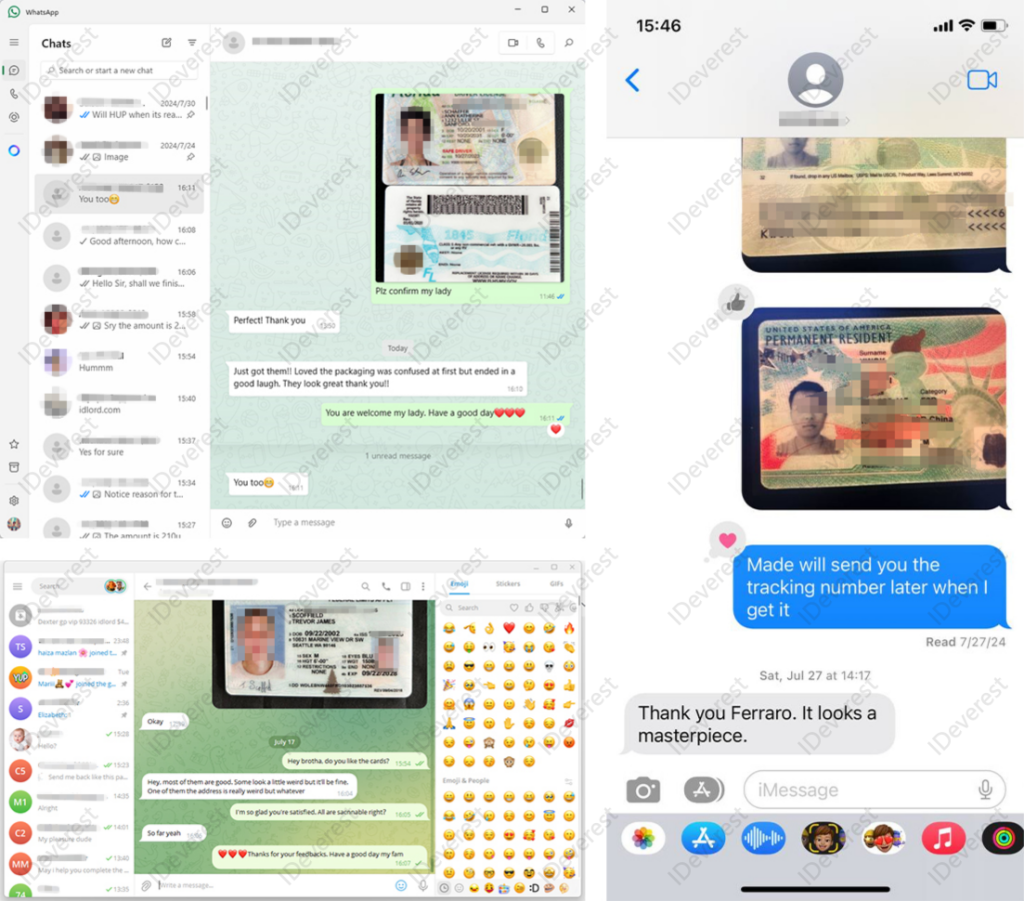

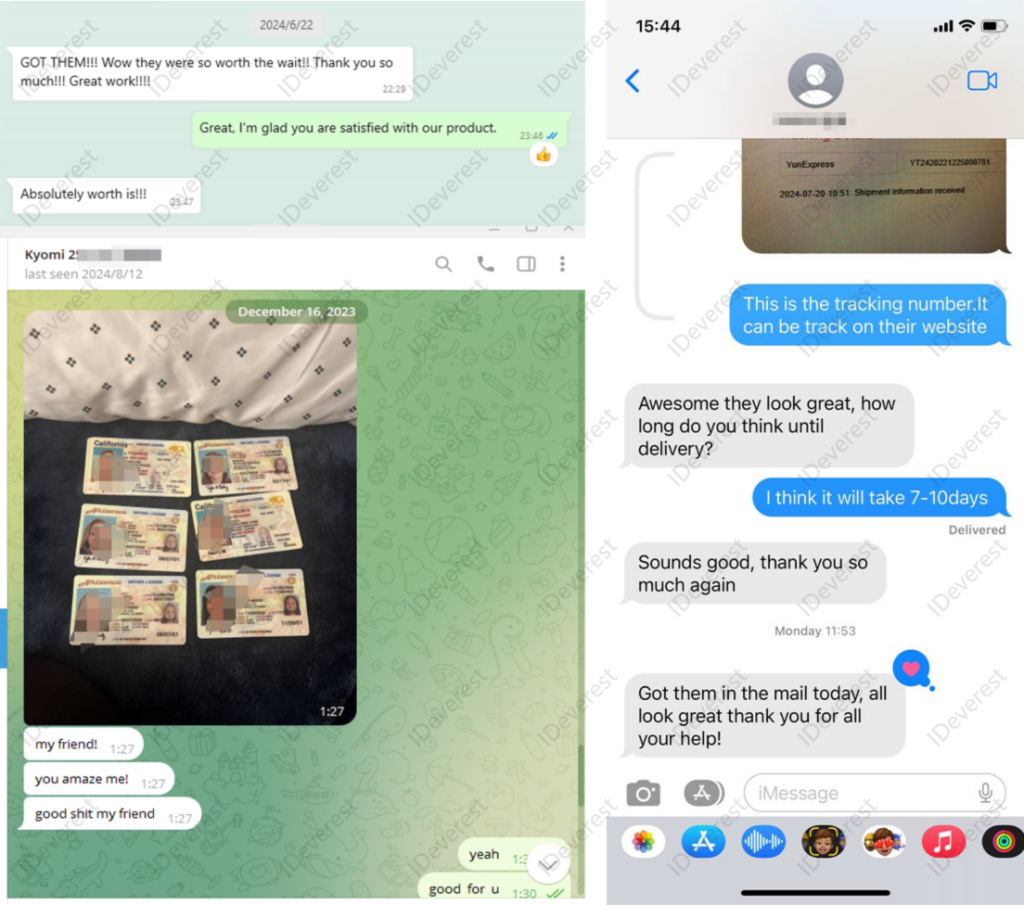

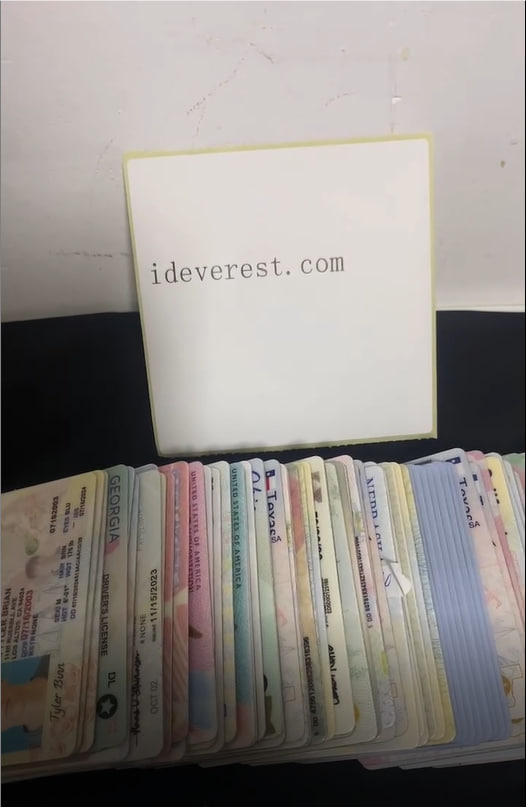
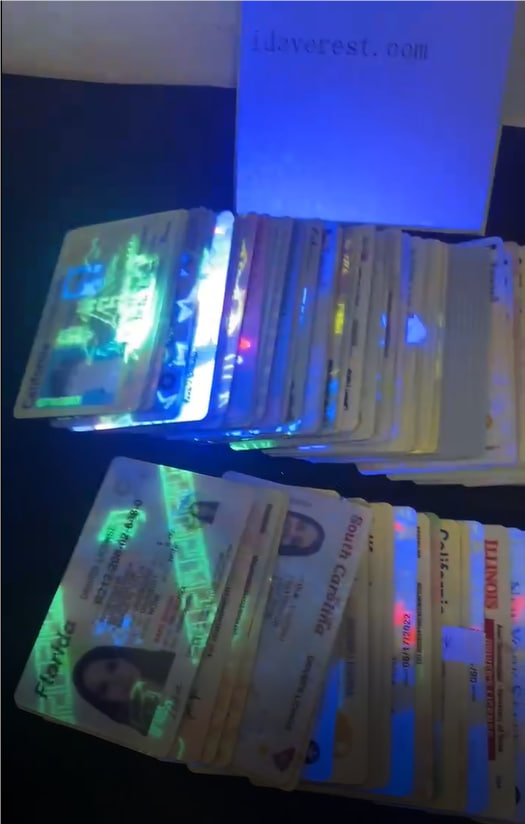
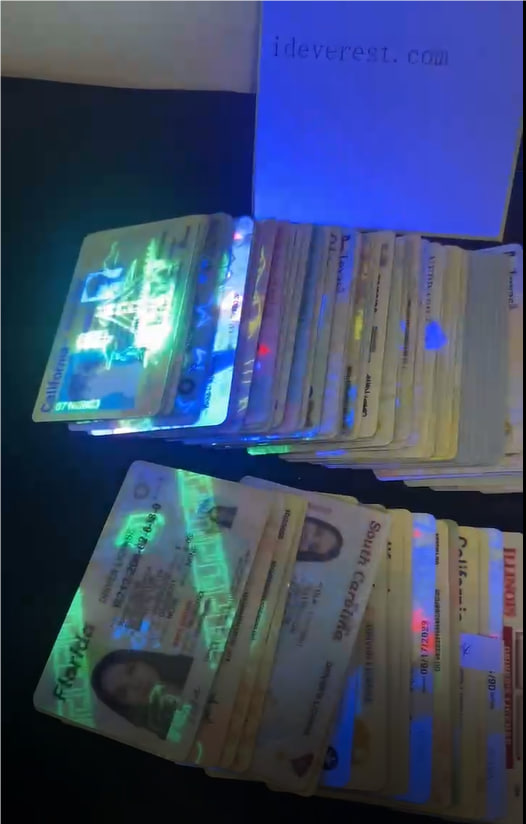

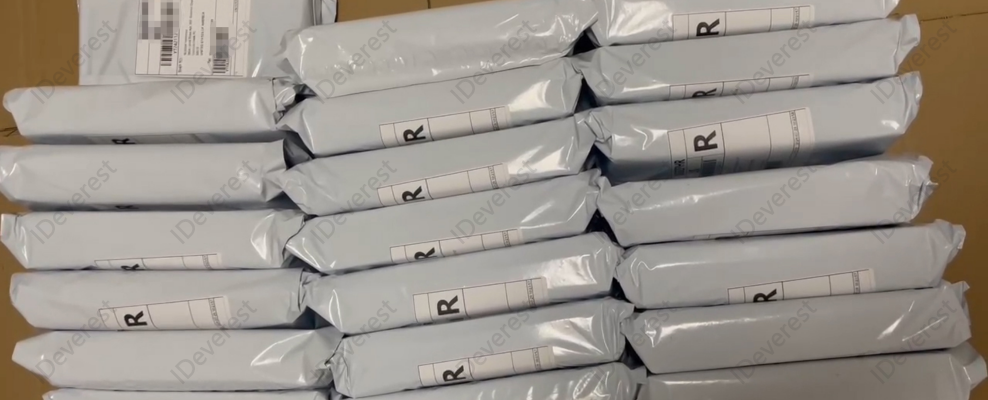
Tags:
You like
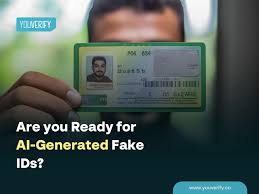
Fake Driver’s License Kansas
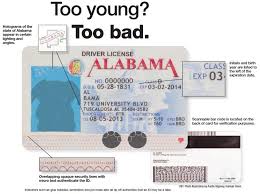
underage ID use
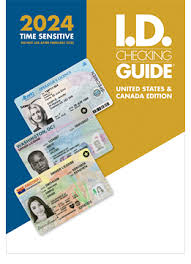
Delaware Fake ID
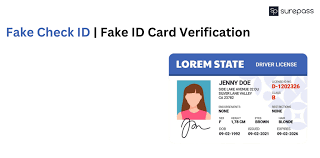
fake ID benefits

